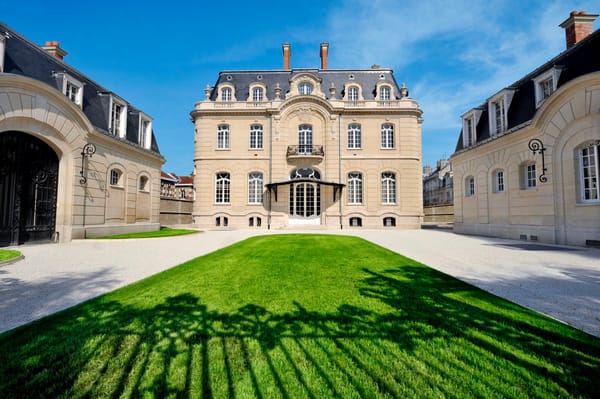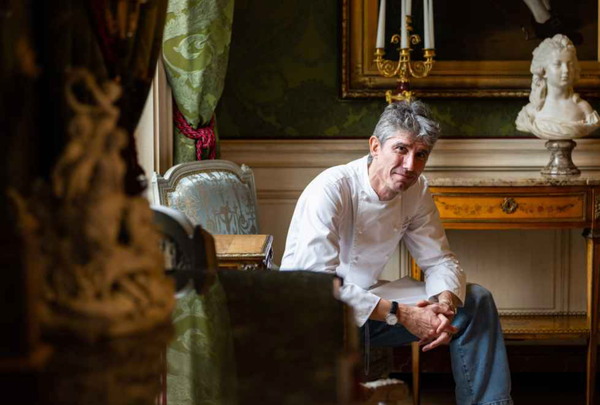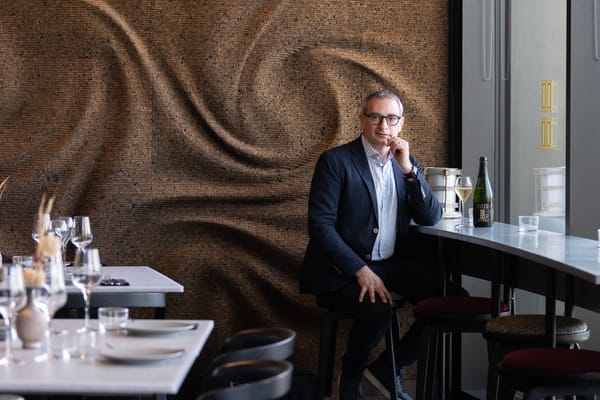Billecart-Salmon: The Evolution of Their Champagne

Nestled in the heart of Champagne, Billecart-Salmon house has been family-owned and operated since it was founded in 1818. Today, under the stewardship of the seventh generation, Billecart-Salmon combines tradition with innovative changes and thought processes that have been incorporated into their Champagnes gradually over the past few years.
It has not been about rapid change but about a long-term vision that seeks to heighten quality incrementally over a few years. This has involved Billecart-Salmon presumably moving against their finance team, by almost doubling the time their wines age before release, moving from an average of 30 months to 50. This extended ageing, particularly on lees, contributes a richer texture, greater depth, and a unique complexity to their Champagnes as I discovered at a tasting recently.
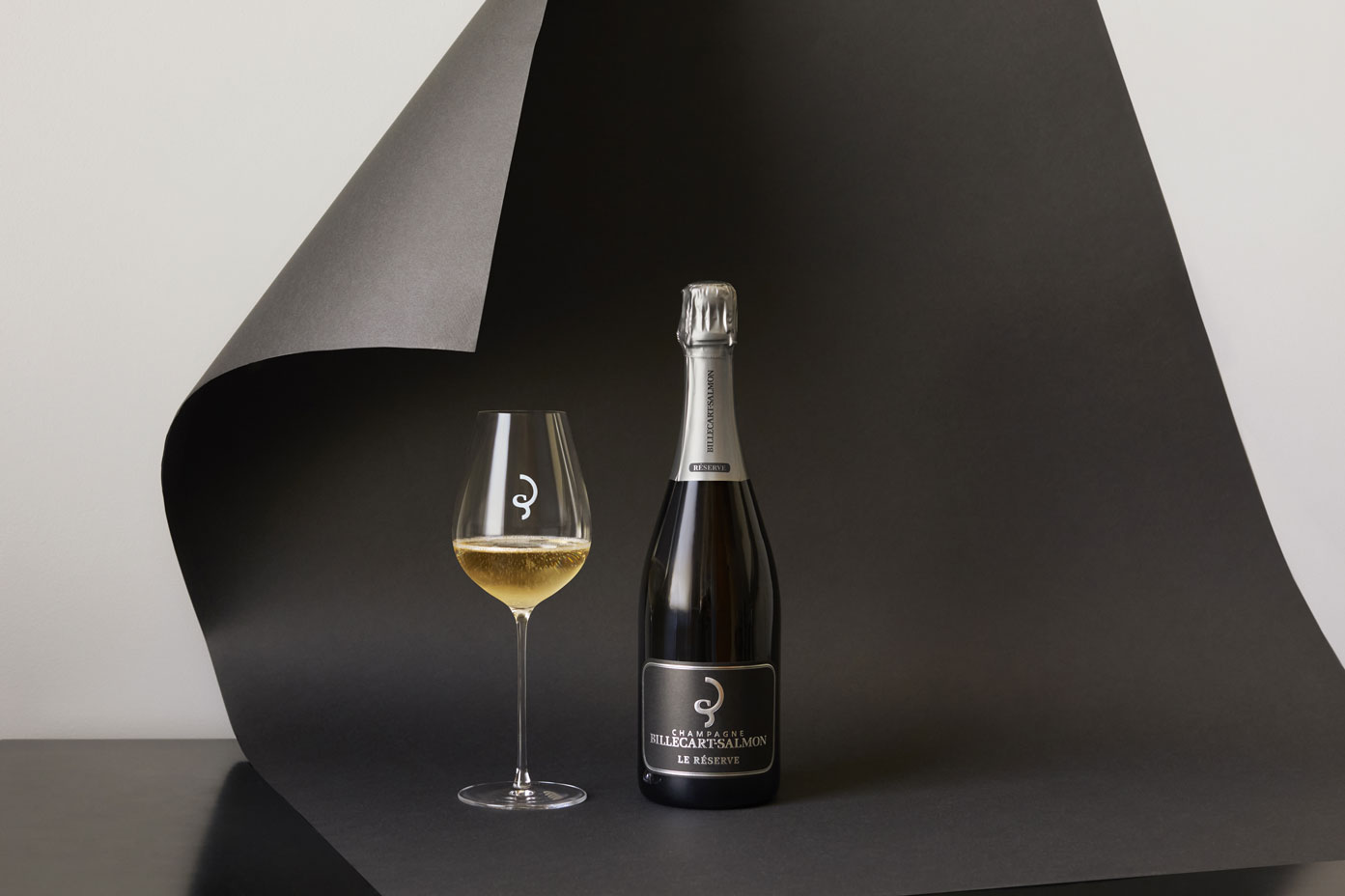
Extended ageing has not been the only change - assemblage has become a study in precision. Mathieu Roland-Billecart explained that Billecart-Salmon’s dedication to detail is akin to a three-star chef transforming a humble dish into culinary excellence. Their 100% Grand Cru Chardonnay Blanc de Blancs perfectly demonstrates this, showcasing not only the purity of the grape but the nuances that come from such meticulous handling.
To ensure their wines truly reflect the terroir, Billecart-Salmon has honed in on specific vineyards growing Meunier from the Vallée de la Marne, notably from Damery, Venteuil, Leuvrigny, and Festigny. By focusing on these select areas, they have achieved a nuanced balance in its Champagne. The Meunier now plays an integral role in creating a full-bodied mid-palate that complements the Chardonnay’s freshness and the Pinot Noir’s structure.
As you may be familiar, a NV (non-vintage) Champagne is ordinarily a blend of wines from multiple vintages, bought together to create a wine larger than the sum of its parts. They now include around 15 vintages from its reserve wines, compared to 11 previously, adding richness and depth. This evolution is also shown in their use of a Solera system since 2006, in which around 10% of wine is drawn annually from a “nursery” of reserve wines that capture the essence of previous vintages. This adds additional layers of flavour and texture.
As part of its commitment to quality, Billecart-Salmon introduced a second label, the 1818, in 2022. Inspired by the practices of top Bordeaux chateaux, this label offers a way to utilise base wines that may not reach the standard for the reserve wines yet still embody the house’s signature style. With 1818, which I found to be soft, inviting and very approachable, they have created a wine that retails for 30% less than their Brut and is perfect for larger gatherings. I thought it was truly excellent.
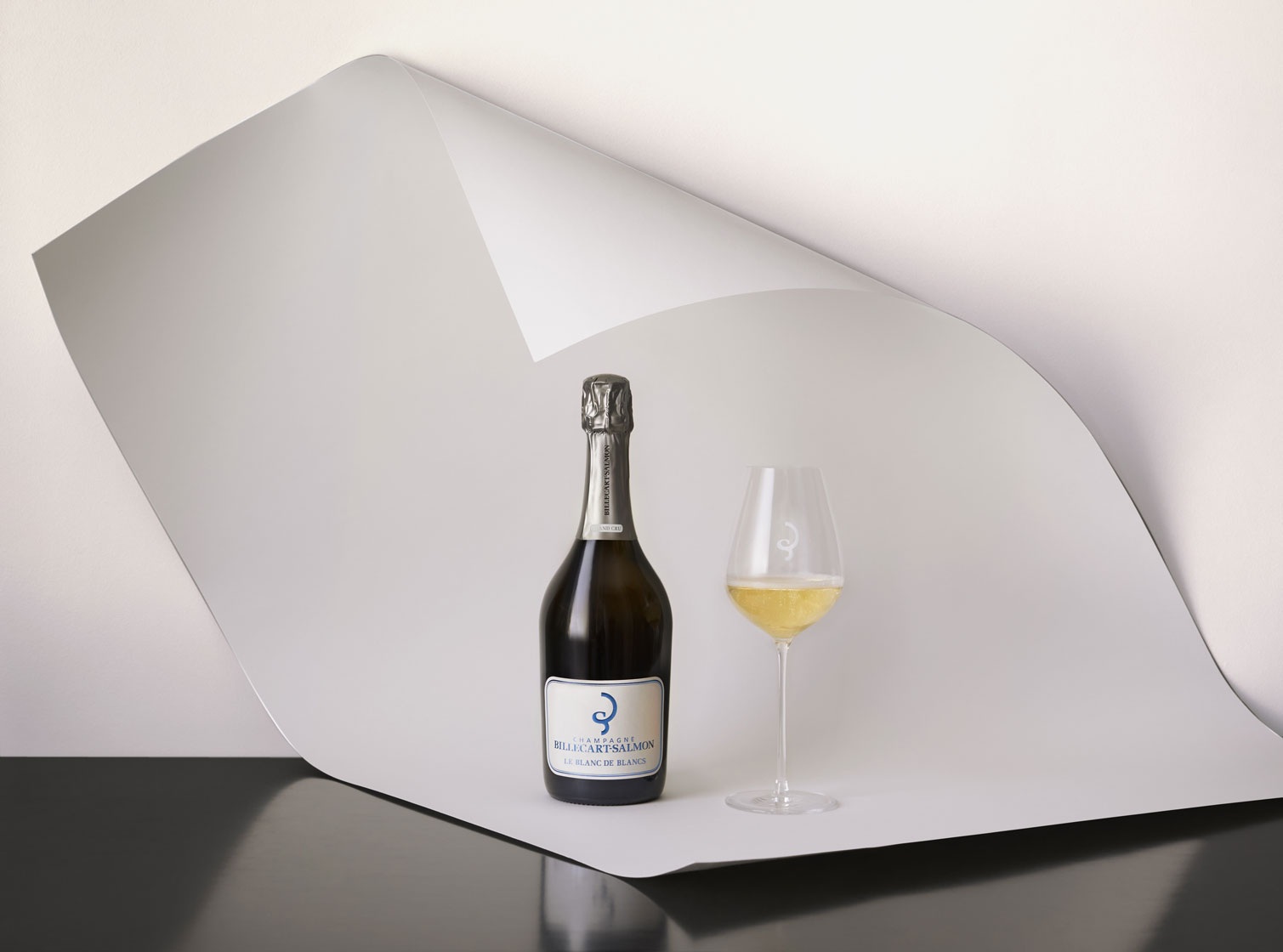
The changes started In 2019, when the Billecart-Salmon tasting committee reevaluated their entire range, seeking to refine the entire range. A key area of focus was the reduction of the dosage. The house now uses typically 3 grams per litre, allowing us to enjoy the pure expression of the terroir. This is not a one-size-fits-all approach, as for each wine it is carefully tailored to enhance the unique characteristics of the wine in question and the amount will vary.
They are now also using a greater amount of oak for vinification, with a larger proportion of wines now vinified in barrels. This gives richness and density without overpowering the natural flavours. I think of it in the same way a chef will look at ways to enhance a dish and get as much flavour from each component as possible. The house has an impressive collection of over 50 reserve wines housed in dedicated tanks, from the winemaker to draw from.
Around 100 hectares of its vineyards are organic and they have circa 15% which are farmed biodynamically. With only 3% of its Champagne designated as Prestige Cuvées, Billecart-Salmon is careful to maintain a sense of rarity and exclusivity. Their strategy isn’t focused on mass market consumption but on making wines of superb character. Through their rebranding, reinvestment, and passion (which came across) Billecart-Salmon is producing exceptional Champagnes, and ones that I truly enjoy.
Billecart-Salmon's approach reflects a dedication to refinement rather than reinvention, where each decision is made to elevate the taste of every bottle. These changes, are rooted in family tradition yet embrace modern consumer preferences.
In a market that often prioritises volume, Billecart-Salmon’s commitment to biodynamic and organic practices signals a responsible approach to luxury. By focusing on rare Prestige Cuvées and cultivating a nuanced range through techniques like the Solera system, the house reinforces its legacy with a conscientious nod to future generations. This level of care reminds us that truly great Champagne is a product of patience and respect.
As Billecart-Salmon steps confidently into its third century, these thoughtful adjustments continue to set the house apart. I hope to discover more next year on a road trip to the Champagne Region.
Billecart-SalmonBillecart-Salmon: The Evolution of Champagne


